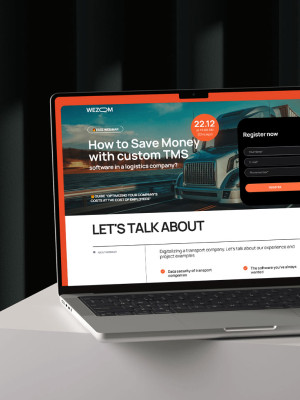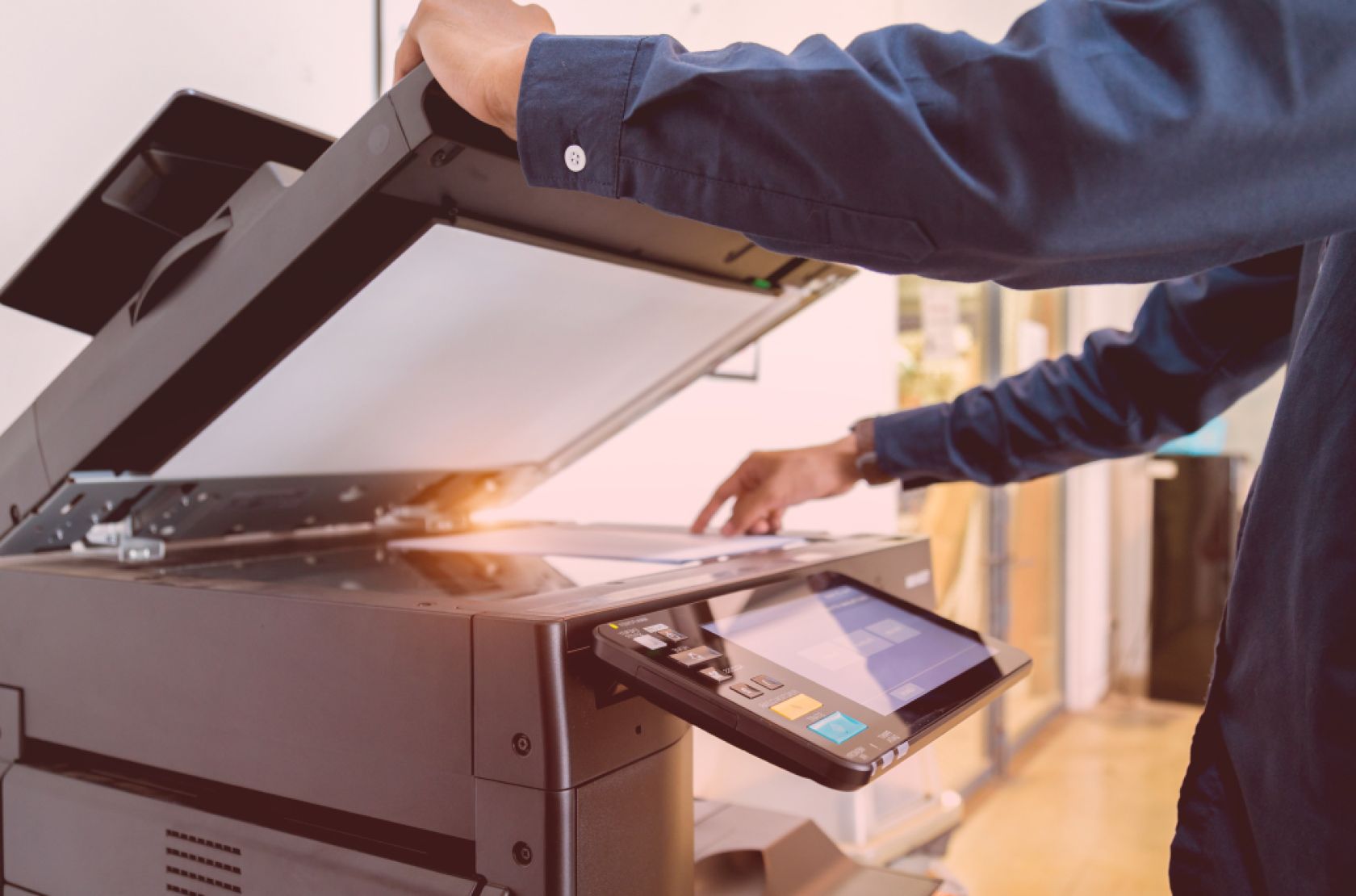What's the difference between document scanning and imaging? We'll take the logistics industry as an example today. Logistics and shipping are going paperless. Transportation companies are between document imaging's history and future. The logistics business and corporate world are going paperless. Document scanning software powers the paperless office. An office without paper is more efficient, cheaper, and safer. Using multiple document flow strategies can help you track your trucks. Here are three workflow examples for two transportation companies.
What's the difference between scanning and taking a picture of a document? Today, we'll look at the logistics business as an example. Shipping and logistics are getting rid of paper. Transportation companies are the link between the past and the future of document imaging. The logistics industry and the business world are getting rid of paper. A paperless office is run by software that scans documents. A paperless office is more productive, cheaper, and safer. Using different ways for documents to flow can help you keep track of your trucks. Here are three examples of how two companies move people around work.
Basic stage - paper-based system
The business has historically used paper document management. Documents and their management systems were less complex decades ago, but they were nonetheless systems. Easy load lacks certain TMS modules for paper-based systems.
1. Document search by content indexes
Start digital transformation by scanning paper documents. It's busy. Accessibility is a factor in valuing electronic paper repositories. Digital transformation requires indexing. This purpose is achieved through many means.
2. Uploading documents from other sources
Paper-based systems have restricted upload options for transflo and Trippak. The electronic alternative allows for uploading without losing the last copy.
3. Integration with other systems
Paper-based systems cannot be integrated. This adds time and resources to each system department must generate its documentation.
4. Document filtering
Filtering papers by user profile. Each incoming document is compared to the profile, and those that meet a threshold are selected. To avoid obtaining unnecessary documents, many systems have a high threshold. Missing important documents. This filter eliminates enough unnecessary items, improving filtering.
Here are some paper-based system strengths and downsides.

Pros
Convenience - Paper may be held in one's hand and viewed, making it accessible to individuals without computers.
Filing and copies - Using these papers, you can create a file, folder, and more. Documents are photocopied.
Legal use - Only original paper copies of papers may be utilised in court, per statute. Some legal documents' appearance may indicate their authenticity.
Cons
Storage - Paper, a tangible substance, takes up a lot of space. Small enterprises can't always rent or buy storage.
Product costs are expensive - Blank paper is needed for photocopying, printing, faxing, writing pads, and invoicing books. As the cost of paper and pencils rises, you may wonder if there's a better method to track paperwork.
Messy - Manuscripts leave a paper trail. Please make a copy of the altered document before modifying it. This step is required whenever you modify a document. Damaged originals provide extra storage space.
Progressive Stage - Document Imaging
Here are the pros and cons of Document imaging.
Pros
Less space to put things - When papers are turned into digital files, they take up less space. By turning paper documents into digital ones, you can free up more space at work.
It's much easier to get to documents - It is much easier to find documents that have been digitised. With better management and digitisation, it will take less time to find important information. The use of file imaging makes it easier to get to company files. There are no documents in the stacks of paper.
Better security for information - Documents is safer when they are scanned electronically. Digital records are easy to keep track of and keep an eye on. Most systems can keep track of everything that happens with a document.
Tracking the document - Keeping track of who has access to a document is easy. Administrators decide who can see what papers, who can download attachments, who can delete and change documents, and so on.
Check to Make Sure - Most big businesses have to follow a set of rules and regulations because that's what their industry says they have to do. It is a good idea to look over your financial and personal records regularly. No one should get rid of papers that haven't been carefully examined.
Cons
- On a paper document, take out the text that has been highlighted. Text highlighting changes the way digital document imaging works.
- You will need a high-quality scanner with a wide range of settings that can be used to improve the digital image. Choose a scanner based on how much it can hold and what kinds of documents it will be used to scan.
- You will have to do a quick test on a small number of papers before you do anything else. Many clients had to retake their scans because the images were not good enough.
A simple test
Changeable scanners are different from document imaging software. You can't modify images in document imaging software. Digital files are scanned. Scanners will replace cameras, according to Moore's law.
Images can be added to back-office files using document imaging technology. Back-office document imaging requires data entry. Scanners can combine images into one loadable file. Loaded files include document images. Scanned files are loaded. Document pictures are gone, but scans are thriving.
The modern stage - document scanning
Cons
- Digital scanners are needed in-house. Depends on scan quality. Outsourcing back scanning is expensive but has long-term benefits. Multiple-file scanning is time-consuming. After scanning documents, provide search and retention information.
- Worker training is needed. If you need to fulfil a request or conduct an audit, you must index your repository's documents. In light of the EU GDPR, one of your procedures should have a tight file deletion policy.
- Data monitoring prevents duplications and isolated apps. Records Management can't find it. When uploading files, employees must know retention requirements.
Pros
- You will save time and money by scanning and approving supplier invoices online.
- When PDF versions of all company papers are stored automatically, there is no need for physical filing cabinets (POs, Invoices, Statements)
- Give customers access to the papers they need to serve them better (e.g. Order confirmation, Delivery Notes etc.) Give people quick access to emails, MS Office documents, and important faxes.
- Version control and strict visibility restrictions help quality assurance staff keep track of document changes.
- By making a creative framework, you can manage marketing information, assets (pictures, brochures, artwork), and ideas. When you subscribe to a document or folder, you'll get an email when something changes in it.
- Let each department keep its database of information and share it with other departments.
- Replace network disks that you don't have control over with ones that have information on them. Company rules can be enforced with the help of routers and user permissions.
Conclusion
When a company switches from paper documents to electronic documents, the staff has to be retrained, and a whole new TMS has to be made. This process takes a long time and costs a lot of money (or choosing one of the options available on the market).
Plan for document scanning as the model, but each phase of the process has pros and cons for the trucking industry. This will make management's job easier, reduce the chance of mistakes in reporting, and help a transportation company make more money.


